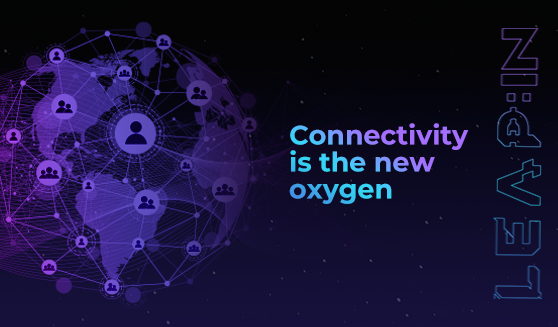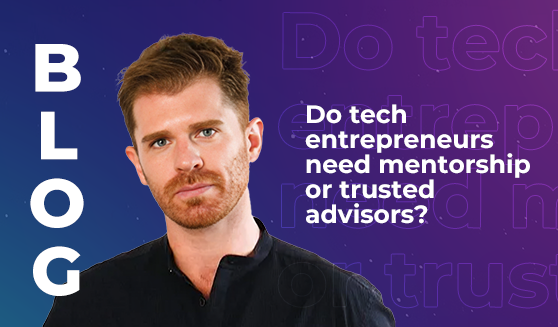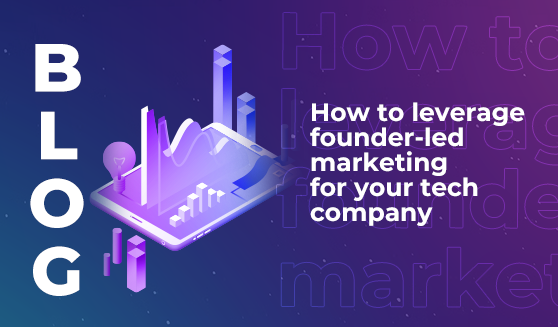
Welcome to this week’s LEAP:IN newsletter. Each week, we unpack leader’s powerful quotes and decipher the tech landscape. With exclusive content from some of the world’s leading experts in AI, robotics, space, edutech, climate tech and more, read on to discover this week’s insights and subscribe to receive weekly updates direct to your inbox.
subscribe
Mazen Al Dawood (SVP of Corporate Strategy, Business Planning & Partnerships at Mobily)
What Al Dawood said:
“Connectivity has become an oxygen for our lifestyle.”
True.
If you were in any doubt that connectivity isn’t an oxygen for our lifestyle then…well, we’ll let you return to that rock you’ve been hiding under. But in all seriousness, it’s true: we now use connectivity for an incredible breadth of essential and non-essential life tasks.
According to a 2022 report by We Are Social and Hootsuite, the world will spend a total of 12.5 trillion hours online this year. Digital services cover so many parts of our lives that to try and list them in a newsletter would be slightly ridiculous.
So what do people think?
Connectivity is here, and growing. At LEAP, we want to celebrate all the positives that connectivity is bringing to our lives – while always keeping an eye on the risks, and working to balance the inequalities that come with the rollout of digital services.
A 2019 survey by the PEW Research Centre asked experts around the world what they think of the way connectivity is going.
Respondents included Mícheál Ó Foghlú (Engineering Director at Google, Munich), who said: “Despite the negatives I firmly believe that the main benefits have been positive, allowing economies and people to move up the value chain, ideally to more rewarding levels of endeavour.”
And Bernie Hogan (Senior Research Fellow at Oxford Internet Institute), who said: “Tech will make life better for individuals but not for societies. Life-saving drugs, genetic medicine, effective talk therapy, better recommender systems will all serve individuals in a satisfying way. I am concerned, however, that these will create increased dependency and passivity.”
Is connectivity making us less experimental?
Hogan was talking about young people in particular – he suggested that connectivity was reducing the experimental, curious aspect of being young, and that this would lead to lives that are more constrained and risk-averse.
With respect to Hogan’s opinion, we think connectivity is actually creating the space for young people to be more experimental, and take more risks. We certainly see this happening within the tech industry, anyway. Having access to powerful tech and exposure to the experiences and needs of people all around the world is driving innovation among young entrepreneurs.
Like George Terry, who founded an envirotech company called Vysion Technologies that uses data to track leaks in water systemsConsumer Insights Lab, who has developed simulated environments to give businesses a new way to collect multiple streams of data about buyer preferences.
Live it, breathe it, and make the most of it
If connectivity is a new oxygen for human beings, then those of us in tech need to live it, breathe it, and find ways to leverage connectivity to make life better. Experimentation and risk-taking are a part of that – and we’re seeing it happen every day.
Watch the video: Mazan Al Dawood on digital strategy
Read the blog: Connectivity as a human right – How does it change your digital strategy?
And…
Moataz Binali (AVP & MD, MEA, Trend Micro)
What Binali said:
“We all know that with the digital transformation comes the risk of cybersecurity.”
Also true.
We’re passionate about the immense benefits that connectivity can bring to populations around the world (and to the world itself). But every piece of digital tech can be vulnerable to cybercrimealso be investing resources into the development of cybersecurity tech.
At the very least, everyone in digital tech needs to be educated about the risks.
Is cybersecurity that big of a deal?
Yes, it is. Several of our keynote speakers at #LEAP22 talked about cyber threats, and this article on our blog is worth a read.
- A new study of pen testing by Positive Technologies found that cybercriminals can penetrate 93% of company networks.
- A new ThoughtLab report studied the security practices of 1,200 companies across 13 industries and the public sector, in 16 different countries. A worrying 44% of respondents said that their growing use of external suppliers and partners is increasing their exposure to security risks, and 30% said their budgets aren’t enough to cover effective cybersecurity – while cybercriminals themselves are better funded.
- Over three in five companies were targeted by software supply chain attacks in 2021 according to this new survey by Anchore. Of those, nearly a third (30%) were ‘significantly or moderately’ impacted by the attack, while only 6% said it had only a minor impact on their supply chain.
- Indeed, another 2022 study by machine identity specialists at Venafi found that 82% of CIOs think their organisations are vulnerable to attacks on their software supply chains.
- Research by San Francisco-based firm Abnormal Security uncovered a sharp increase in cybersecurity attacks in 2021, and noted that they’re becoming more sophisticated, and increasingly difficult to detect. Medical industries and insurance companies had a 45-60% chance of being targeted by phone fraud attacks via email (and this type of attack increased by 10% overall in the second half of 2021.)
We won’t delve too deep into the complexities of cybersecurity here, but let’s just run through some interesting numbers from recent research:
Stay inspired AND stay safe
All of that to say: there’s no denying that the expansion of connectivity comes with the growth of cyber threats.
But let’s not let it dampen our enthusiasm. Cybercrime won’t stop innovation, and it won’t stop digital tech from improving our world. It’s a necessary shadow that we need to light up with secure digital architecture and advanced, real-time monitoring.
Cybercrime won’t go away. But just as cybercriminals become more advanced, so too can cybersecurity.
We expect to learn a lot about cutting edge security systems at #LEAP23 – are you coming?
subscribe








